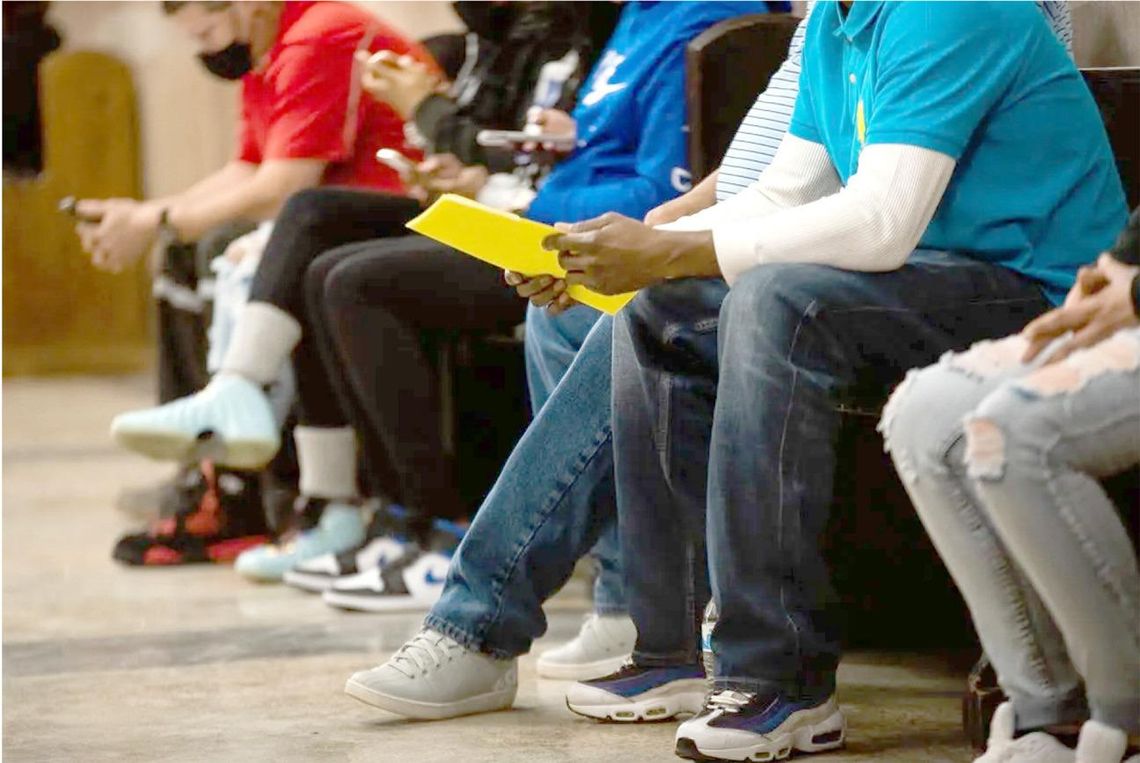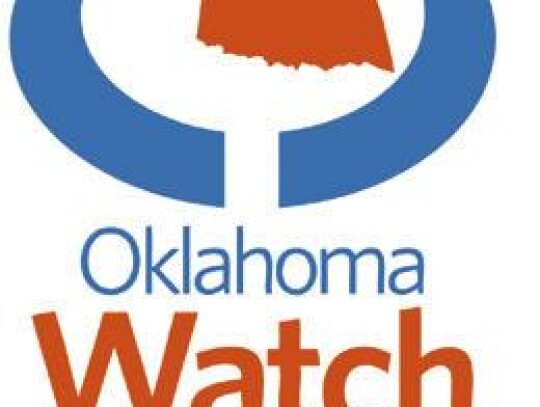Millions of dollars are flowing across Oklahoma to bolster community-based diversion and treatment programs, but most counties have not applied for a share of the money.
Thirty-six of Oklahoma’s 77 counties submitted grant applications for funds from the County Community Safety Investment Fund as of July 10, according to the Department of Mental Health and Substance Abuse Services. The deadline to submit grant applications was June 30.
Lawmakers allocated $12.5 million to the fund in May 2023, nearly seven years after voters approved State Question 781. The 2016 ballot initiative accompanied State Question 780, which reclassified several drug and property crimes from felonies to misdemeanors, and specified that the state should use money saved from incarcerating fewer people to support countylevel diversion and treatment programs. Oklahoma’s prison population has dropped by nearly 20% over the past seven years, saving the state tens of millions of dollars.
State officials went back and forth for years over the best method to calculate the savings and how to distribute the money. Last year lawmakers finally settled on transferring responsibility for administering the program from the Office of Management and Enterprise Services to the Department of Mental Health and tasking the Legislative Office of Fiscal Transparency with calculating the annual savings. Grant applications went out in October.
Damion Shade, executive director of Oklahomans for Criminal Justice Reform, said there has been confusion among county officials about the availability of the money and how long it will be available.
“I guarantee numerous people in these counties heard this money is never going to come, and they heard it from sheriffs and cops and important people who were in a position to know,” Shade said. “The Department of Mental Health and the folks who care about 781 funding working, they’re going to have to do work now to undo the last seven years of bad faith that’s kind of been built up.”
Oklahoma Watch called or emailed more than a dozen officials in non-participating counties asking why they did not seek the funds. Pottawatomie County Commissioner Melissa Davis and county officials are aware of the grant opportunity and are working with the Department of Mental Health on an application. Others did not respond.
Chris Schroder, executive director of the Association of County Commissioners of Oklahoma, said it has been trickier for rural counties to navigate the application process because they’re further from resources and aren’t receiving as much money as urban areas. He said most counties also don’t have much experience with mental health programming.
“There’s a pretty big difference between $300,000 and $40,000,” Schroder said. “That’s not a lot of money to go out and hire someone.”
The solicitation terms are broad. Counties may use the community safety money to develop and implement a mental health, substance abuse treatment, education, housing or diversion program, so long as the proposal doesn’t fund an established program.
Many urban and suburban counties, including Cleveland, Canadian and Oklahoma counties, are using a portion of the funds to create a full-time staff position to connect people with diversion and treatment programs.
Several rural counties are using the money to hire an on-site part-time mental health professional through Turn Key Health Services, according to an Oklahoma Watch review of grant applications obtained through the Oklahoma Open Records Act.
Others, including Adair and Beckham counties, are expanding eligibility for existing diversion courts and programs. Cotton County is using the money to purchase iPads for virtual mental health evaluations and reimburse the sheriff’s department for driving individuals to neighboring Comanche County for treatment.
“Possibly the most important aspect of having dedicated transportation available to individuals is that they do not have to rely on personal friends or family members to get them to treatment,” Cotton County Commissioner Ricky Vardell wrote in the grant application. “It is most likely these friends and family members can be the worst influence on the individual causing them to lose sobriety gained in jail.”
Shade said he expects more counties to apply for money in the coming years as model programs emerge and officials are assured that the Legislature will sustain the funding.
“What we are really hoping ODMHSAS and the coalition can help create is a blueprint,” Shade said. “That’s what these small counties that are not interested in this right now need, a simple template of programmatic or policy reforms that you can implement at every funding level.”
“Oklahoma Watch, at oklahomawatch.org, is a nonprofit, nonpartisan news organization that covers public-policy issues facing the state.”




